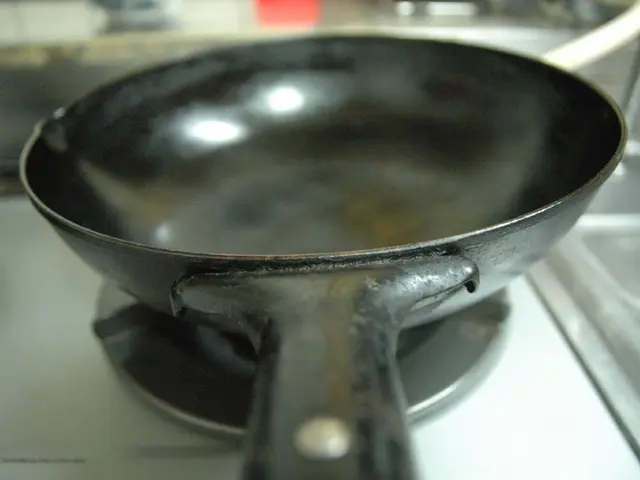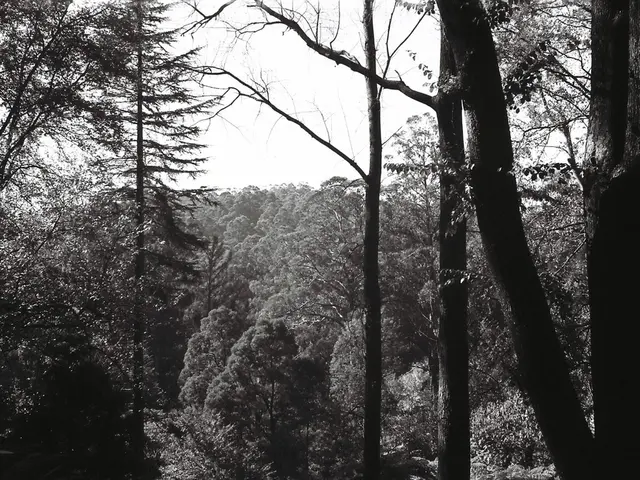Improving Clay Soil Through Efficient Composting Techniques
In the quest for a flourishing garden, many gardeners face the challenge of heavy, compacted clay soil. However, a simple and effective solution lies in the humble compost heap. Composting not only adds essential nutrients like nitrogen, phosphorus, and potassium to the soil, but it also improves drainage, soil structure, and provides a thriving environment for beneficial microorganisms.
To reap the benefits of compost in clay soil, the core method is to incorporate high-quality compost into dry clay soil to a depth of 6-9 inches. This can be achieved by adding 3 to 4 inches of well-rotted organic matter such as compost, leaf mold, or well-rotted manure on the top layer of the soil, and working it in thoroughly. It is advisable to avoid working clay soil when it's wet to prevent compaction.
Before planting, mix compost thoroughly into the soil, spreading 2 to 4 inches of compost and tilling it into the clay soil to a depth of 6 to 9 inches. This will break up heavy clay, improve aeration, and help create a crumbly, looser soil structure better for roots and water movement.
For existing lawns, topdress compost after aeration by applying 0.25 to 0.5 inches of compost multiple times (2-3 times) to gradually enrich and loosen the root zone without disturbing the turf.
Compost acts as a binding agent, helping clay particles form small aggregates rather than compact clumps, which creates openings for air and water, reducing compaction and improving water infiltration and nutrient retention.
Mulching with organic materials such as wood chips or leaves after composting can further improve moisture retention and soil structure over time as the mulch breaks down.
To maintain a healthy compost pile, turn it every few weeks to add air and help it decompose quicker. A compost bin for clay soil can be started by choosing a good location near the garden but out of direct sunlight. Layer brown materials like dry leaves and green materials like vegetable scraps in the compost bin, ensuring a mix of these materials is essential. Regular maintenance, such as monitoring temperature, adding water, and turning the compost, helps the compost break down faster.
In summary, incorporating compost into clay soil improves tilth, drainage, and nutrient cycling, transforming heavy, compacted clay into a healthier growing medium. Aeration, mulching, and regular composting maintenance further enhance the benefits, making clay soil fertile and full of life.
- Implementing regular composting maintenance, such as turning the compost every few weeks, helps maintain a thriving and healthier growing environment, particularly in clay soil.
- To boost the soil structure and water retention in the home-and-garden, one can mulch with organic materials like leaves or wood chips after composting, which gradually improves soil conditions over time.




